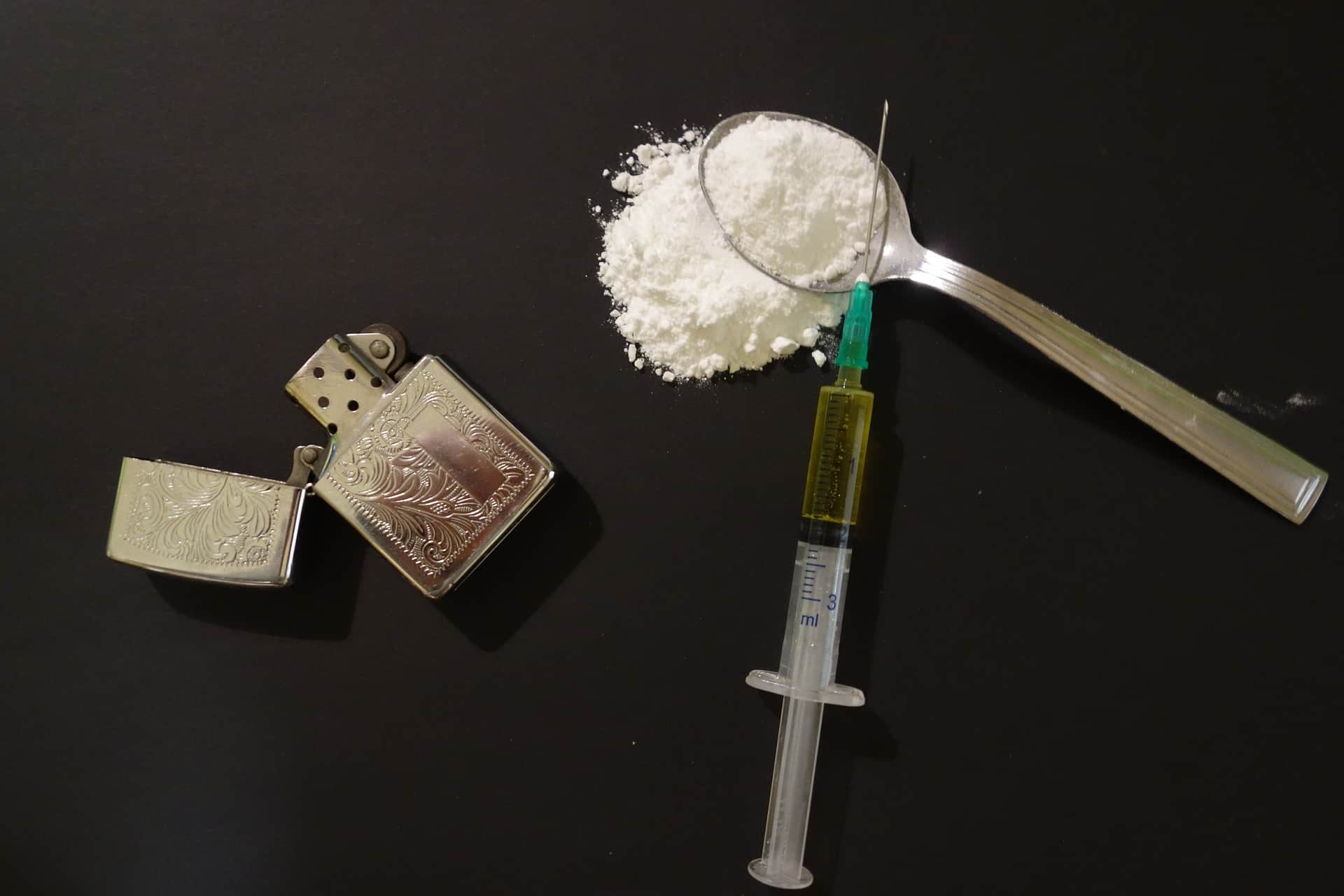What the stigma surrounding addiction looks like in Hamilton
Published December 29, 2020 at 12:22 pm

Penny O’Radical, a Hamilton filmmaker and homelessness advocate, first started using substances when he was 12-years-old. The now 39-year-old first started with drinking and smoking marijuana, however, once he got to high school this escalated.
“I started using other drugs like ecstasy, acid, [and] cocaine,” O’Radical said. “Then out of high school, when I was 19, was the first time I tried opiates, which at the time was just Dilaudid – a painkiller that’s like synthetic heroin. When I was 20, I started shooting up heroin. And then, over the course of a few months, like six months, eight months, I eventually developed a physical dependence.”
This, O’Radical recalled, is when his lifelong battle with opiate started – a battle that has impacted many aspects of his life.
“It starts out just being something that’s fun or experimental,” O’Radical said. “For the first while it was something that I did with friends.” Over time this escalated.
It wasn’t until about a year or two later that he started using alone. And also, roughly at the two-year mark is when his family found out. “They were very upset,” O’Radical said, adding that they forced him to get clean for the first time.
The next year, O’Radical and his best friend, who also got clean, started using again. However, his friend ended up passing away due to an overdose. “That’s always impacted me my whole life,” O’Radical said.
Although, according to O’Radical, once someone develops a physical dependence on a substance it often becomes their number one priority.
“As [long as] I had dope, I was okay I could function,” O’Radical said. “But if there was ever a situation where I had to choose between paying my rent or getting high, getting high always won. I lost several apartments because I couldn’t pay my rent.”
His addiction also impacted other areas of his life. O’Radical said he, at the time, was never able to save money or accumulate any sort of wealth. It has had an impact on his sleep, digestion, bodily functions, and relationships.
“The longer you’re on it, it finds a way to seep into every area of your life,” O’Radical noted.
Also over the years, he has gained firsthand experience of what the stigma surrounding addiction looks like in Hamilton.
“I think the biggest stigma is still a social and cultural one,” O’Radical, who is working to stay clean for the third time, said. “A lot of people working in the field, realize it’s a medical issue. They see it every day and they’ve been convinced addicts aren’t criminals, like, yes, some of them are criminals, but criminal behaviour isn’t inherent in addiction.”
O’Radical went onto explain that individuals who struggle with addiction don’t always fall into criminal activity, but if they do it’s more often than not the symptoms of addiction that cause them to commit a crime.
“The biggest stigma is still as the social and cultural view we have addicts of addicts – that they’re dirty, scummy, criminal people,” O’Radical added. “If we instead viewed it as this person has a medical problem, then it would be a lot easier to convince our representatives, voters, people who make policies, and people who allot budgets.”
On a similar note, O’Radical pointed out there are individuals who may be more pre-determined towards using and addiction.
“Personally, I’ve met people from all walks of life that [addiction] happened to,” O’Radical said. ”It can’t happen to everyone but there’s no type of person that’s exempt from it happening to.”
Rob McRae, MA, a Registered Psychotherapist at wisepathcounselling.com, has also noticed the stigma surrounding addiction in Hamilton. He believes this stigma is a result of outdated ideas around addiction.
“People may believe it is a ‘character flaw’, but also because it is everywhere and it makes people uncomfortable to look at, so psychologically it is always easier to point the finger at ‘other’ people instead of acknowledging [the presence of addiction],” McRae said in an email.
McRae also noted that Hamiltonians can work to end the stigma by learning.
“By having compassion rather than judgment,” McRae said. “The key is always seeing that people with these addiction issues are absolutely equal, and deserving of respect, and have no less value or worth.”
When it comes to speaking to loved ones who are struggling with addiction, McRae said this should be done without shame or implying they are broken.
“If you want to help, get educated about addictions, and compassionately try to help the person find their own reasons to change,” McRae added. “One thing you learn really quickly in addictions work is that change can never be forced.”
For additional information on how Hamilton can work towards stopping the stigma surrounding addiction in the city, the City of Hamilton has a ‘See the Person. Stop Stigma’ webpage set up. In addition to providing information, the page also provides insight as to why Hamiltonians should be working to stop the stigma surrounding addiction.
“Stigma increases the likelihood that a person will hide their substance use from others, use alone or in an unsafe way, and avoid seeking help from others, even when they want to,” reads the webpage.
If you are struggling or know someone struggling with addiction, the following services are available in Hamilton.
- Men’s Addiction Service Hamilton
- Womankind Addiction Service
- Wayside House of Hamilton
- Addiction Recovery – Mission Services of Hamilton
- Alternatives for Youth
- Hamilton Regional Indian Friendship Centre






